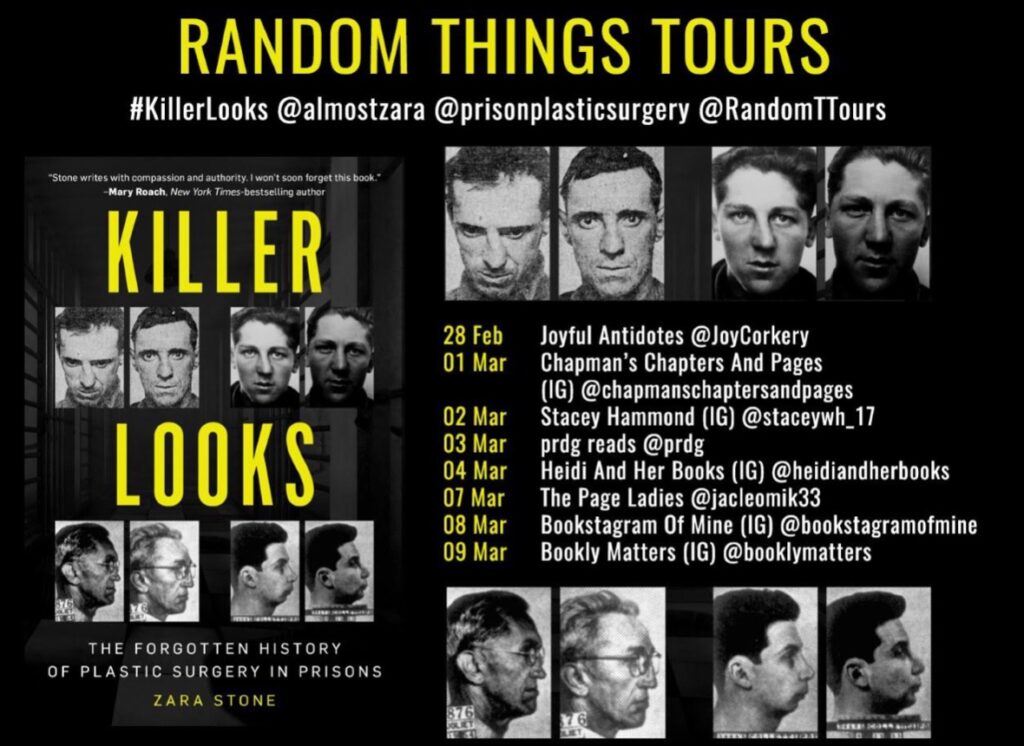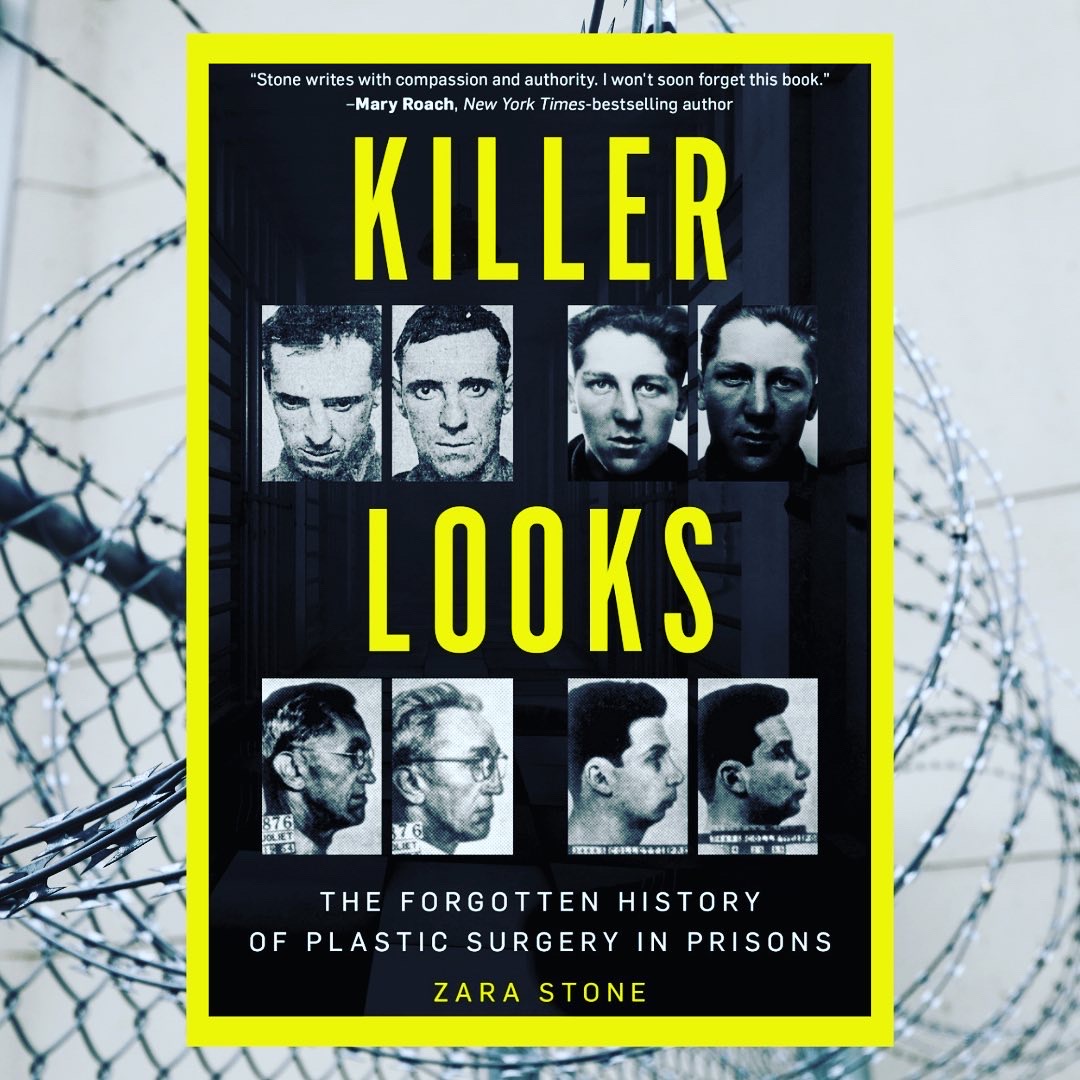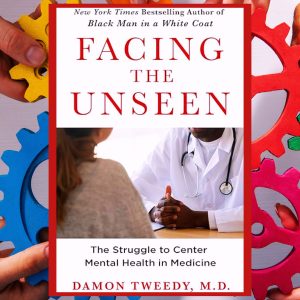[responsivevoice_button buttontext=”Listen”]
🌟🌟🌟🌟1/2
Not for the faint of heart, this exhaustively researched, beautifully presented historical analysis on a very complex and controversial subject is rich with detail and incredibly compelling.
If “un-attractiveness” can be “linked” as one factor that may contribute to criminality, can corrective surgery be demonstrated to play a role in its mediation?
Or, to put it more crudely,
Will transforming “ugliness” reduce crime?
Set in the early 1960’s, as correctional facilities buckle under the strain of exponential and unprecedented inmate growth, teeming with the fallout of systemic racism, addiction, violence, disease, and overcrowding – NY Corrections Commissioner Anna Kross, aided by Dr Michael L Lewin, an up-and-coming local plastic surgeon, and a number of graduate students in both psychology and criminology, turn their attention to a historical undertaking – a meticulously planned research experiment to be held in Sing Sing Correctional facility, Ossining, New York.
Underlying the study, two grounding tenets; the first, a fact that few people would challenge: the recognition that beauty, a product of genes as well as social and economic status, wields enormous power in our society (labeled the “beauty bias”, there are a multitude of studies cited that demonstrate this).
The reverse, unfortunately, is also true.
As one experiment, headed by psychologists Masters and Greaves and labeled the “Quasimodo complex”, definitively outlined, “hostile social attitudes to aesthetic deformity”, (which could range from scars, to large ears, needle track marks, broken noses, weak or recessive chins – really anything deemed by society as “ugly” or disfiguring) are linked, as one factor in a complex interplay of many, with a statistically staggering forty-percent bump in criminality overall exhibited by the “disfigured” as compared to the general population.
The second tenet is a statistic : 68% of ex-cons, overall, reoffend within three years of release.
For the research team, the looming and critical question became: would “beautification”, through plastic surgery, offered at no charge to carefully selected prisoners, aid in their rehabilitation, helping to set them on a path more aligned to that exhibited by their attractive peers – resulting in calculable improvements to employment and relationship success, increased self esteem and ultimately, a lowered rate of recidivism.
The trajectory of this controversial study, – eventually funded, and carried out amidst a staggering backdrop of politics, inter (and intra) -agency “snafus”, possibly-unintentional sabotage instigated by various prison guards, budgetary horrors, unexplainable prisoner drop-outs and continuously demoralizing staffing nightmares, – is not only fascinating and illuminating, but as laid out skillfully in this book, represents a remarkable true-life story with all the elements of suspense, hope and pathos typically found in the best of fiction.
I thoroughly enjoyed this read – a first-rate analysis, packed with history, insights, incredible detail, and ultimately, more questions than answers, as the reader is forced to consider the underpinning of a criminal justice system, batted back and forth over the decades between politically-opposed administrations (pushing punitive or rehabilitative policies) that can perhaps agree on one conclusion – regardless of which social and political agenda is driving, we are long overdue for yet another overhaul.
A great big thank you to the author and the publisher for an ARC of this book. All thoughts presented are my own.
My stop today on the @randomthingstours #blogtour for #killerlooks by @almostZara





